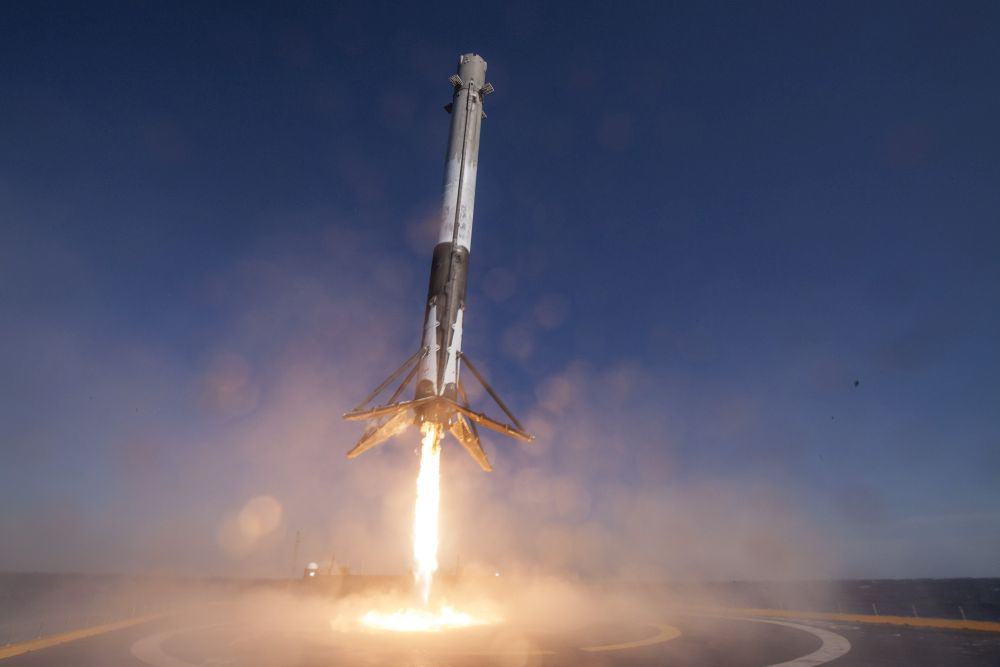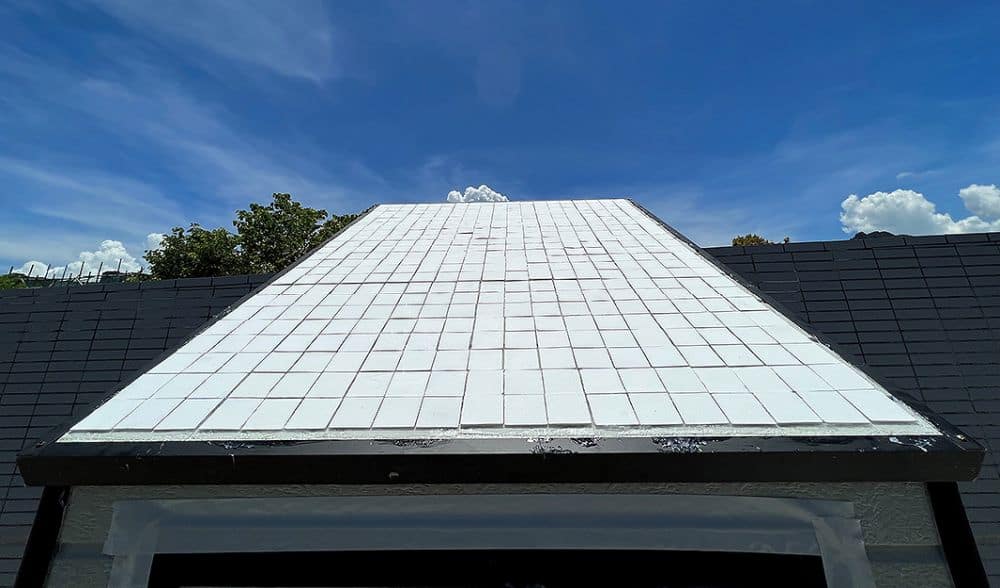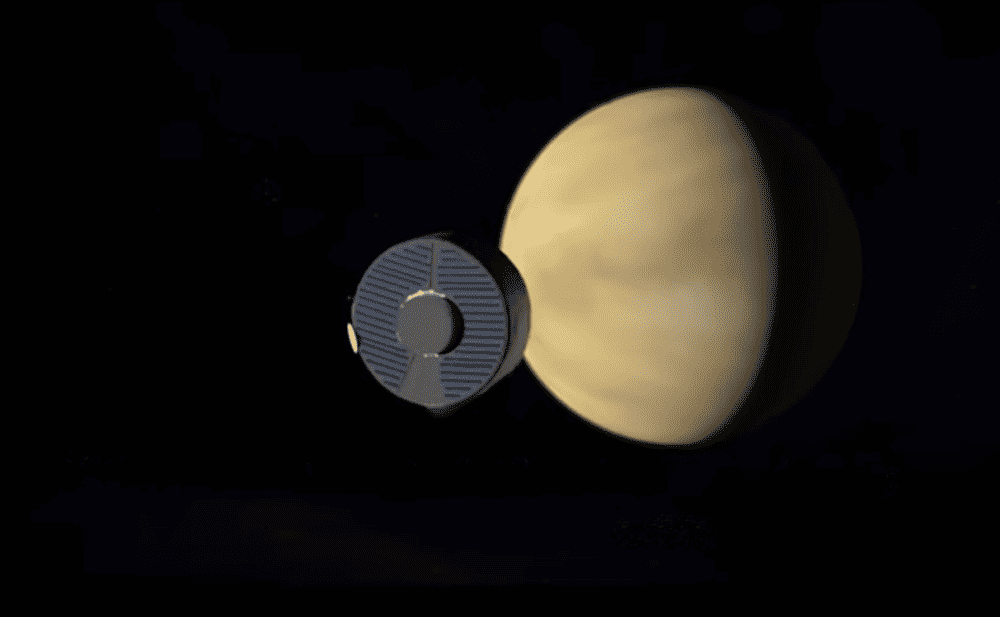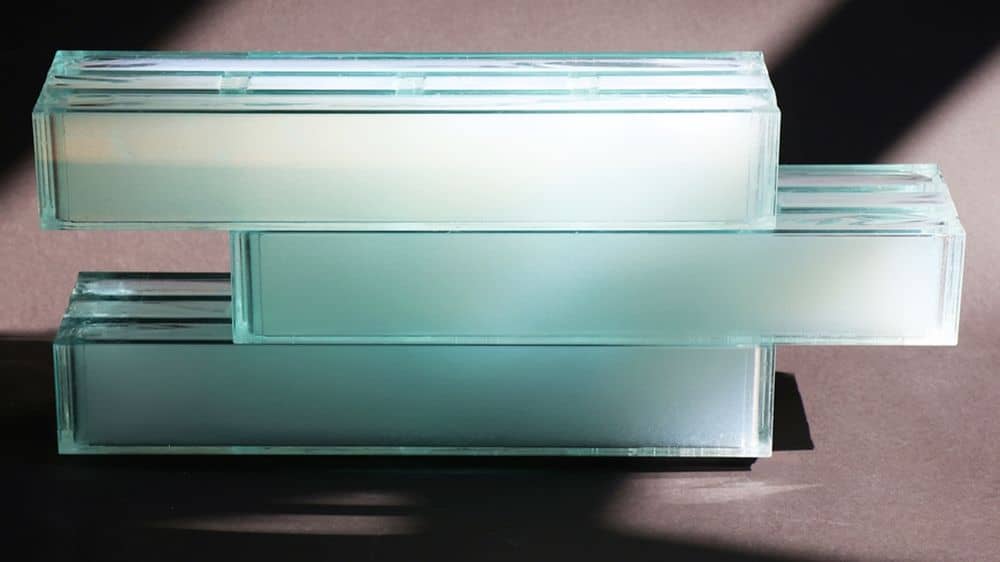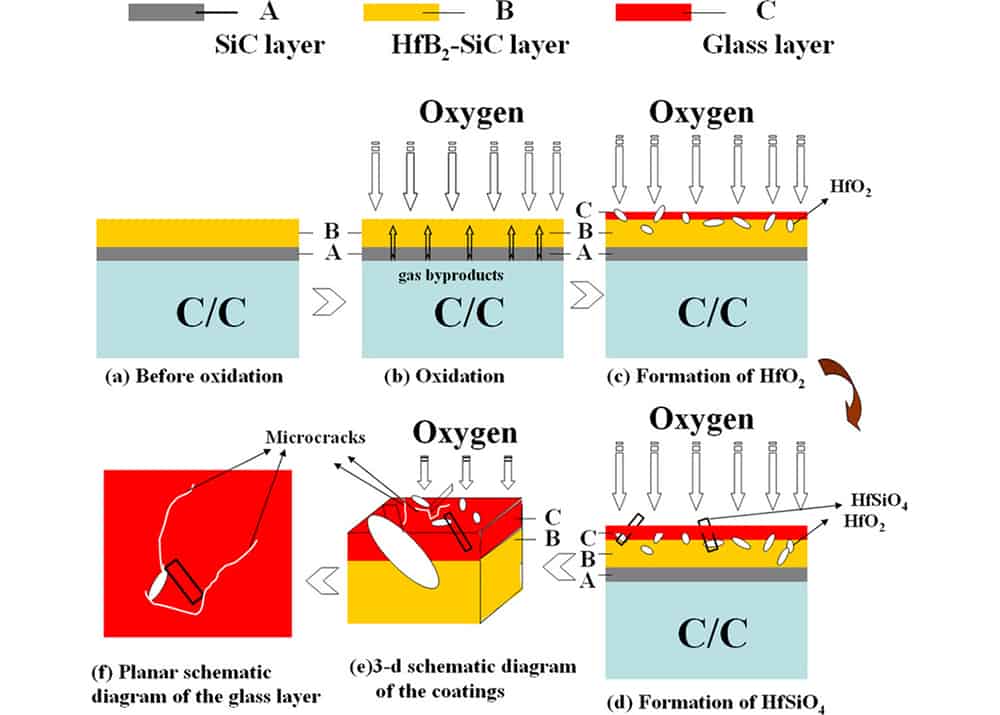Research on ultrahigh-temperature ceramics (UHTCs) for hypersonic and space vehicle applications is gaining increased attention and funding. This CTT summarizes an open-access review paper on the measurement and enhancement of UHTCs coatings for radiation-cooled thermal protective systems.
Read MoreUltrahigh-temperature ceramics (UHTCs) are a promising class of materials for next-generation aerospace technologies. Several ACerS members just published a review paper on UHTCs, describing their properties and overviewing traditional and novel manufacturing methods to synthesis these emerging materials.
Read MoreRadiative coatings can passively cool buildings without the use of mechanical refrigeration equipment. Two recent papers describe the development of ceramic and glass radiative coatings that demonstrate resistance to environmental stimuli and potential for mass production.
Read MoreTo celebrate the milestone of the 20th volume of the International Journal of Applied Ceramic Technology, the editorial team assembled a selection of journal papers representing the excellent work from the advanced ceramics community. The focus this month is thermoelectrics.
Read MoreSilicon carbide electronics are expected to play a role in future space missions to hot celestial bodies, such as Venus and the sun. A new study by researchers at NASA Glenn Research Center investigated the electrical properties of several ceramic and glass packaging materials to determine which would best protect silicon carbide electronics at temperatures of more than 800°C.
Read MoreCurrent methods for controlling “runaway” thermal reactions such as combustion and pyrolysis remain rather rudimentary. Researchers led by North Carolina State University developed a new nanocoating that, when applied to a material before combustion, allows for the reaction rate and direction of ignition propagation to be controlled.
Read MoreMagnesia carbon bricks are widely used in steelmaking because of their excellent thermal, chemical, and mechanical properties. These bricks can be fabricated using various carbon sources. In a recent paper, researchers at Changwon National University investigated the effects of expanded graphite content on MgO–C bricks.
Read MoreGlass block walls can be a desirable way to maximize natural light exposure in a building, but their thermal properties do not allow for the best energy efficiency. Researchers at Empa, the Swiss Federal Laboratories for Materials Science and Technology designed aerogel-filled glass bricks that are translucent as well as thermally insulating and strong.
Read MoreTo celebrate the milestone of the 20th volume of the International Journal of Applied Ceramic Technology, the editorial team assembled a selection of journal papers representing the excellent work from the advanced ceramics community. The focus this month is ultrahigh-temperature ceramics.
Read MoreAs new energy conversion and miniaturized electronic systems are developed, it is desirable to have a material that exhibits both extremely low thermal and high electrical conductivities. University of Bayreuth researchers fabricated a flexible carbon/silicon nonwoven composite with such properties, as well as being flame resistant and thermally stable.
Read More

